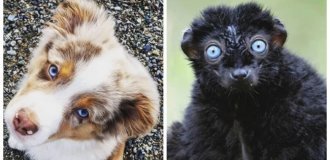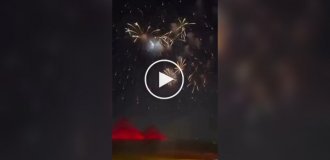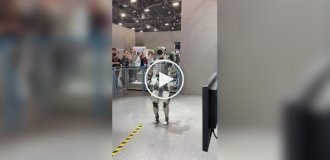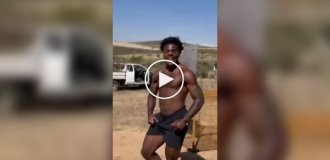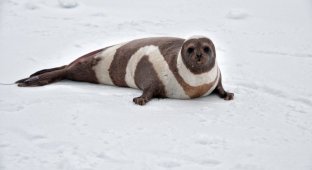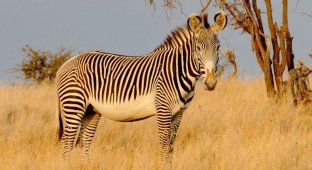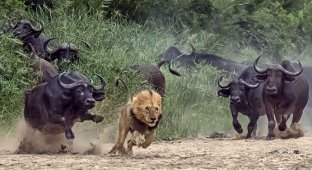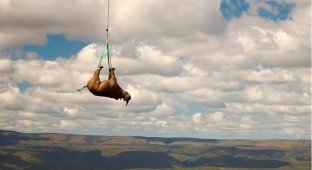Zebras in Africa have "broke down"! Why are zebras born without stripes more and more often? (10 photos)
Lately, something strange has been happening with zebras in Africa. Instead of the standard black and white striped vest, you can see horses with polka dots! The spots are distributed partially or all over the body. And some ungulates have no pattern on their skin at all! Unusual? Very! Beautiful? Of course! Is it good? Definitely not! 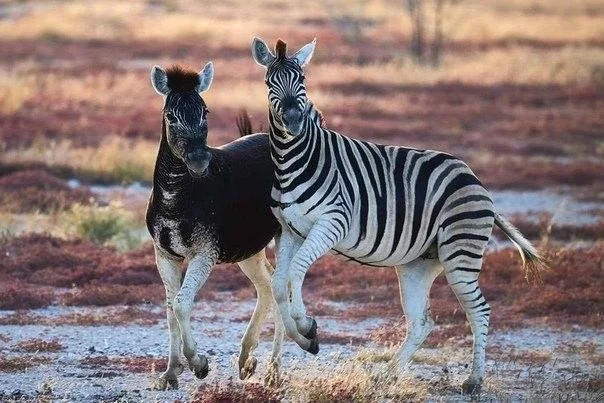
When you come back from vacation smoked.
Scientists decided to figure out why ungulates have a color glitch. They found out the following. Firstly, all non-standard ungulates belong to one species - Burchell's zebra. This is the most common type of striped horse on the Black Continent. 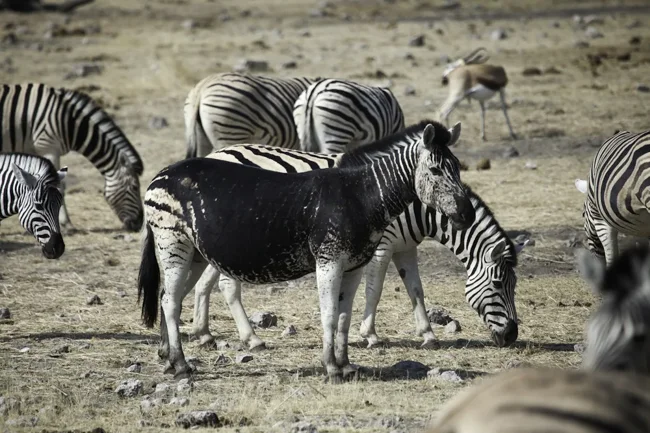
There are 3 types of zebras in total. They can be distinguished by their stripes, among other things.
Secondly, animals with changes in color appear in herds where the total number does not exceed 200 heads. That is, contact with other zebras in these animals is disrupted. For the most part, this is the fault of human activity: it breaks up the general area of the population into separate areas. As a result, an extremely depressing conclusion was drawn. The non-standard color appeared due to inbreeding! Or, more simply, incest! 
What are you talking about?! There are children here! (Another young individual with a completely broken color)
Zebras, limited in their choice of a partner, look for a mate among relatives. This is how the gene pool is depleted. The less diversity, the more likely it is that the cub will have errors accumulated within a closed group of relatives. A color error is one such example. 
When you decided to be both a zebra and a leopard at the same time.
According to the data that is available in modern genetics, inbreeding could have caused a malfunction in the work of two important elements. The first is an activator. It provokes the production of pigments. The second is an inhibitor. It suppresses the production of color. These structures form the color of all animals. They are genetically programmed for a certain "pattern", fixed by evolutionary selection. But if the work of activators and inhibitors is disrupted, the result on the skin is non-standard. 
Mom, I'm Goth now.
The question arises: what are the consequences of such a mutation? Zebras don't walk around in striped vests for beauty. This coloring is necessary for survival. For example, a flickering crowd of black and white stripes confuses predators. It is difficult for them to focus on a specific target - the silhouettes of ungulates merge into one big obstacle! 
Even the photo makes my eyes hurt, can you imagine how the stripes flicker in real life?
The black and white color also protects against parasites. Scientists have confirmed through experiments that malaria mosquitoes and tsetse flies land on striped animals twice as rarely as on animals with a solid color! 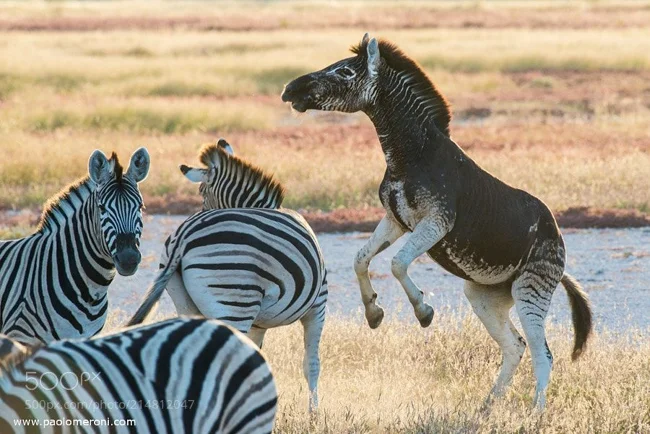
My mother told me: don't show off! Now I suffer from mosquitoes!
It turns out that zebras with spots or without stripes are more susceptible to danger than others. This is confirmed by statistics: individuals with non-traditional coloring die in foaling age more often. 
This spotted teenager caught on camera is a rarity. Most often, spotted zebras are captured only in foaling age.
On the other hand, animals with deviations are not driven out of the herd. They are chosen as partners, mothers diligently take care of non-standard foals. They are treated as full members of the group! 
Mom, will you love me if I'm speckled and not striped?
Moreover, if you look into history, among the Burchell's zebras there is one fellow who lived quite well with an atypical coloring - a subspecies of quagga. The same half-zebra, half-horse, whose stripes were only on the front part of the body. It died out only thanks to man. Before that, a monochromatic croup and dark back did not interfere with running around the savannah for centuries. 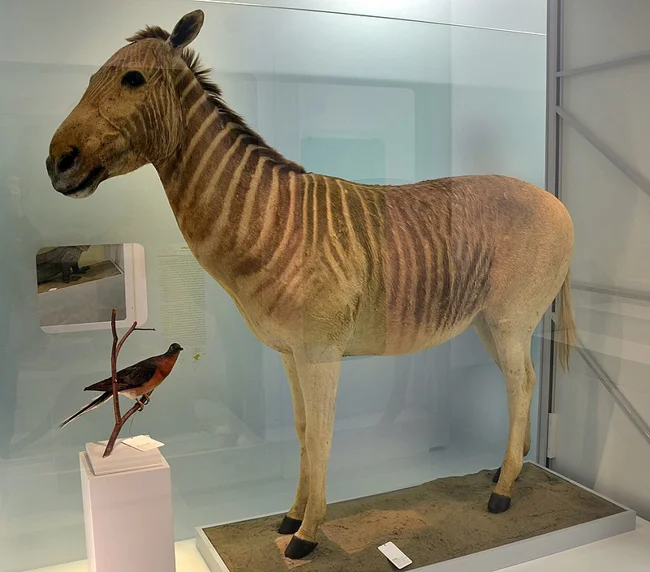
This is what the quagga looked like. The coloring is also very unusual for a zebra!
What awaits these non-standard animals? All we can do is wait and watch. Maybe they will form a special subspecies. Or maybe they will drag their relatives to the bottom, spreading harmful coloring within the species.

